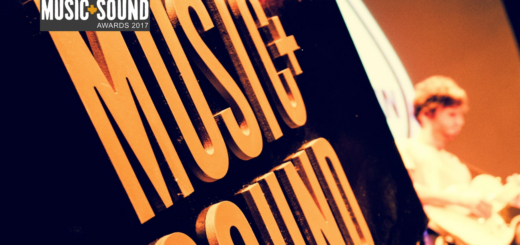What’s that Genre? #4: Math-Rock

More often than not, music genres are governed by a single time signature: 4/4. When popular music can break free of these shackles it can often characterise an entire genre. Perhaps the most common example of this is Jazz, with one of it’s key components being it’s fluid time structure, which is almost exclusively played outside of the standard 4/4 patten. Everyone knows Jazz though, so today we’re gonna talk about a genre, that while sharing similar characteristics, is far less known and exists solely in its own category.
Math-rock emerged at the end of the 1980’s influenced by 70’s prog rock bands like King Crimson and the minimal compositions of composers like Steve Reich. In its more modern incarnations it is seen as belonging to the indie-rock family, taking many cues from the tones and guitar styling of contemporary indie. The genre is not predominantly tied to any geographical location, with bands popping up across the world including in the USA, UK, Europe, Japan & Australia.
Math-rock’s defining characteristic is it’s rhythm and timing. Most songs sit outside of the regular 4/4 pattern with atypical timings such as 7/8 and 13/8 much more common. The other common rhythmic element are irregular, stop start patterns which unlike Jazz are played with a punk like aggression that adds an erratic and frantic energy to the music. With this in mind it’s easy to see where the name Math-rock itself is derived from. These complex rhythm patterns often change throughout the songs and are generally grouped into patterns of 2 and 3 giving the arrangements a mathematical character.
Listen to: Battles, Slint, Minus The Bear, The Fall of Troy, The Mars Volta


